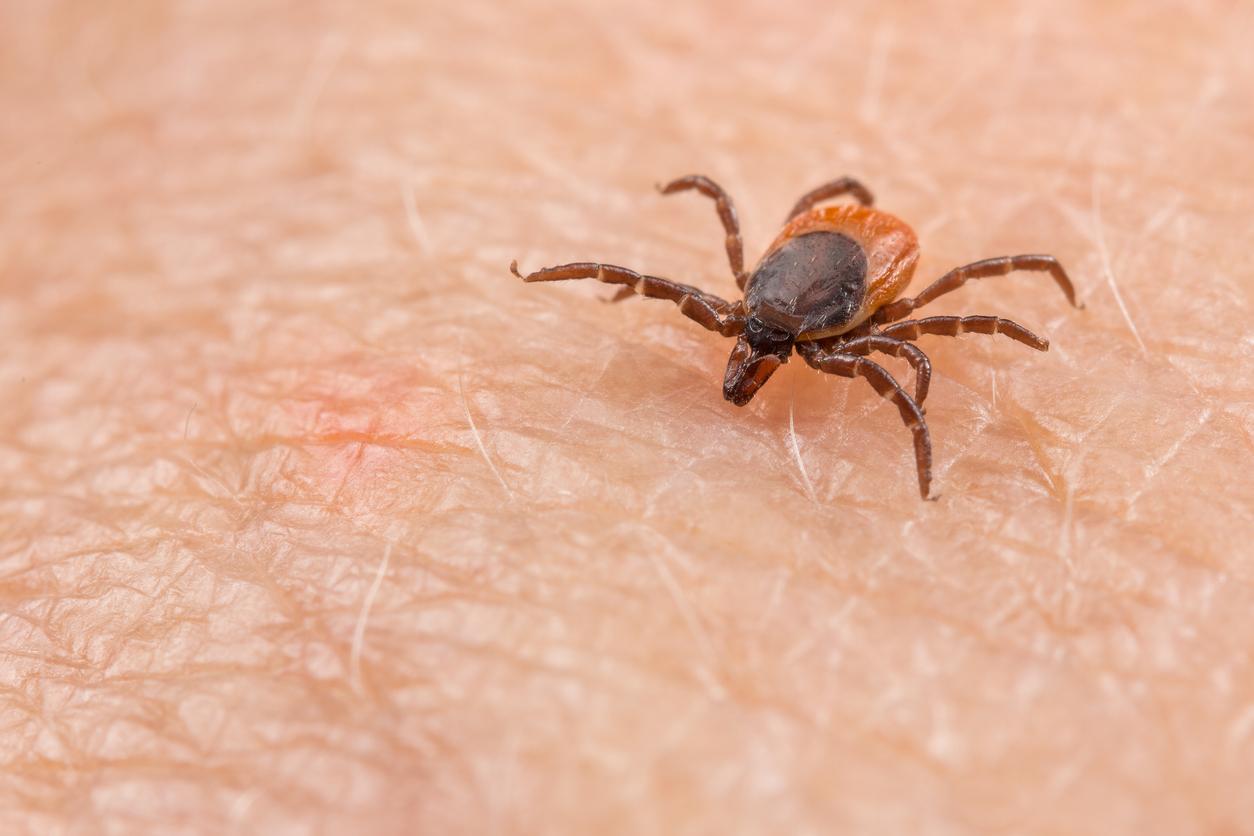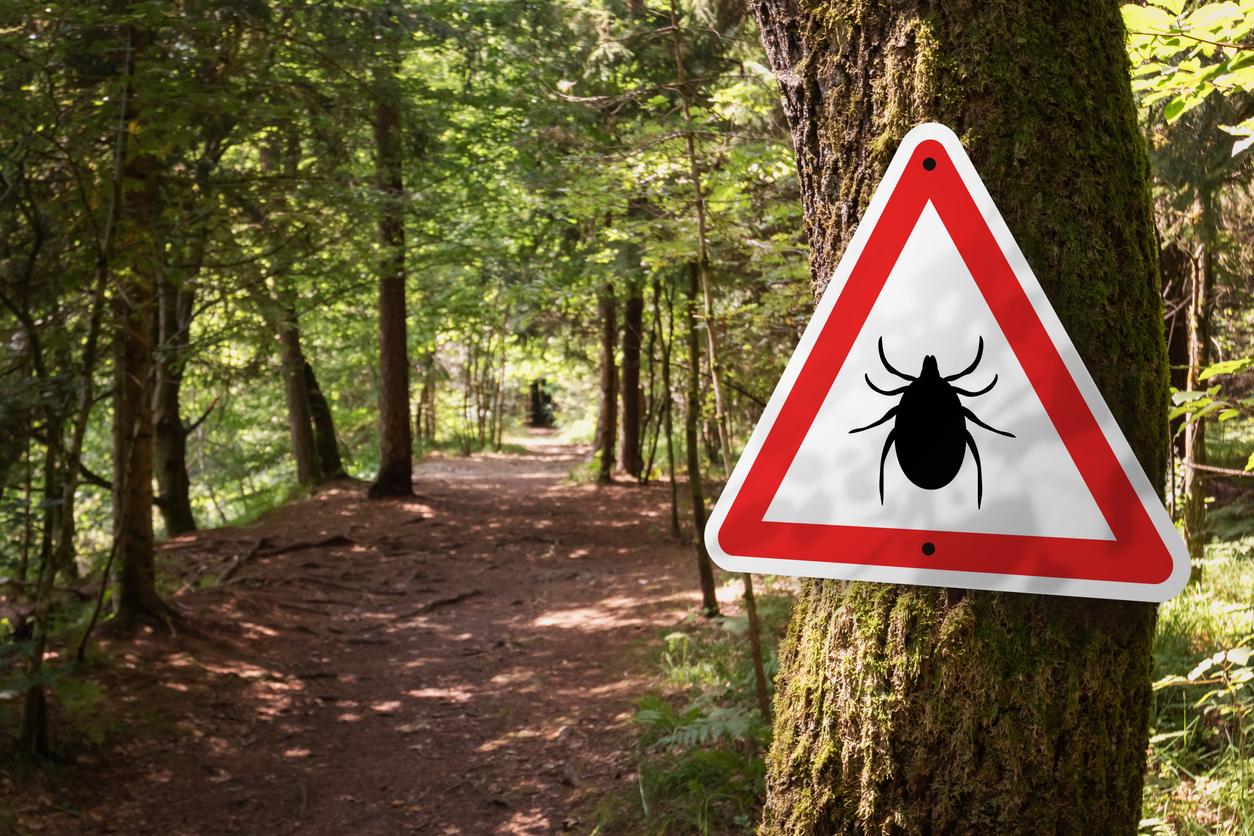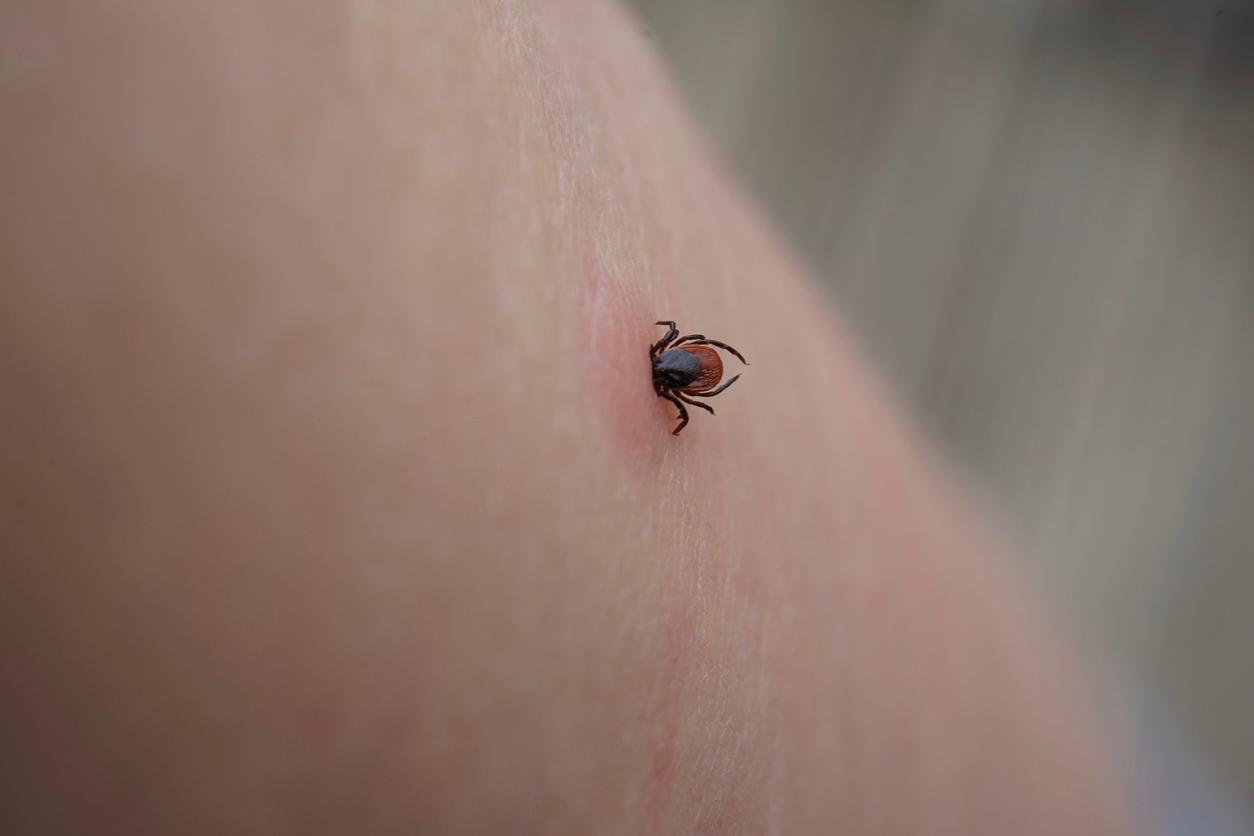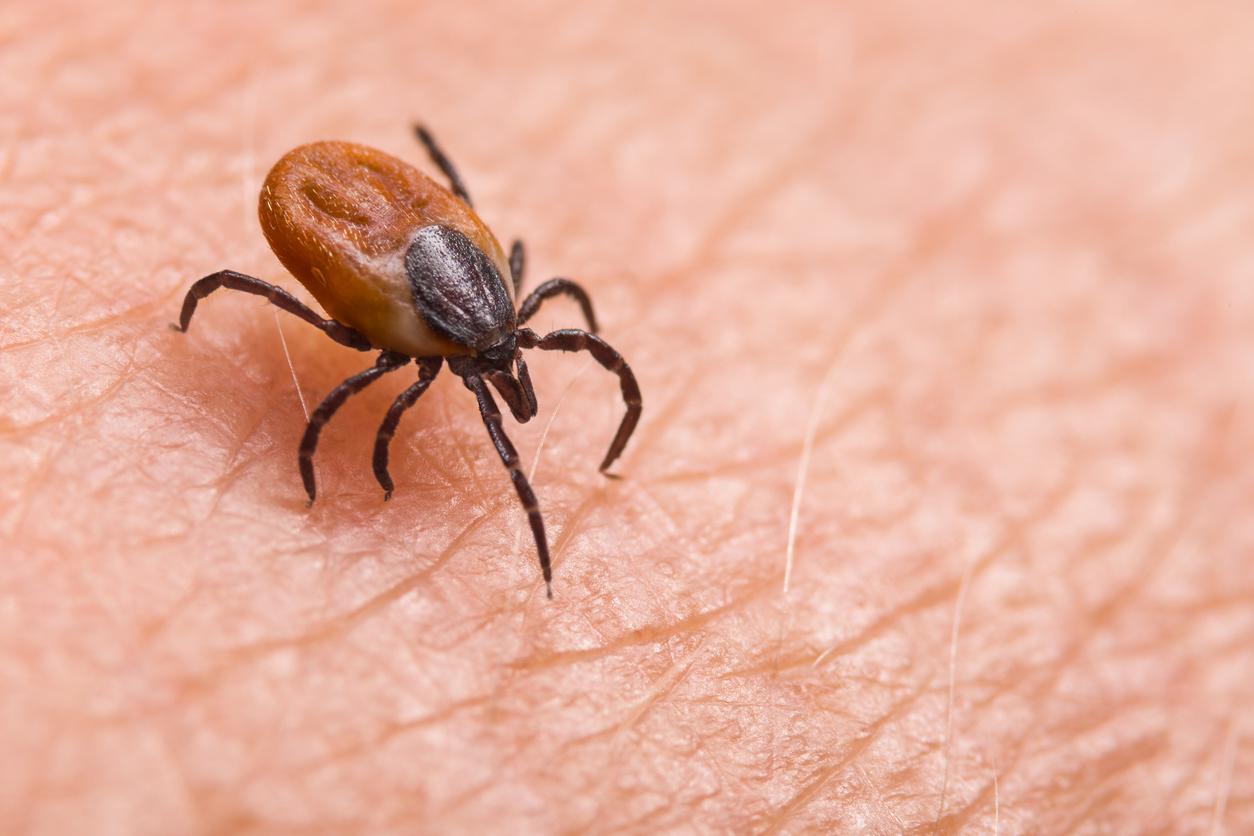Deputies and senators demonstrated in Paris on Wednesday for a chronic form of Lyme disease to be recognized by the medical profession and to improve official recommendations for screening and treatment.
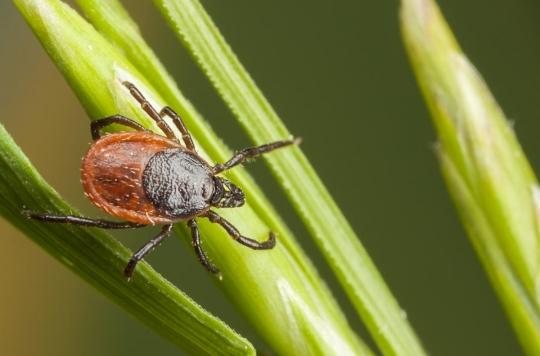
About thirty deputies and senators responded to the call of the movement together against lyme and we demonstrated in Paris on Wednesday alongside the 300 patients and relatives who came for the occasion.
Together, they protest against the non-recognition of a chronic form of this disease and raise concerns about the confusion surrounding official screening and treatment recommendations. Similarly, they are calling for more resources to conduct research on this pathology transmitted by certain ticks (not all of which carry the bacteria responsible for the disease).
United parliamentarians, soon to be received at the Ministry of Health
The parliamentarians hope to play a role of “interface” with the government and the health authorities so that this request is heard. “Our objective is not to interfere in the scientific debate” but “that these people be heard and directed to the professionals able to take care of them”, explained to AFP Vincent Descoeur, deputy (LR) of the Cantal and co-chair of the working group on Lyme disease created in 2018 at the National Assembly.
“You deserve consideration,” Maud Petit, MP (MoDem) for Val-de-Marne told patients. Other deputies, such as François Ruffin (LFI), Emmanuelle Menard (non-registered, app. RN), Caroline Fiat (LFI), Annie Genevard (LR) and Marie-Christine Dalloz (LR) also spoke to the demonstrators to give them their support.
A delegation of parliamentarians will be received in the coming weeks by the Minister of Health Agnès Buzyn. The movement Together against Lyme who would have liked to attend this meeting, was seen refusing the entry. But other patient associations will be present. The ministry is expected to announce during this interview the number of confirmed Lyme disease cases in 2018.
About 30,000 new cases each year
Secondary to the transmission of a bacterium during a tick bite, Lyme disease is a pathology of infectious origin which is manifested by chronic and disabling diffuse pain, which can ultimately lead to neurological disorders and facial paralysis. . The French authorities recognize around 30,000 new cases each year. The average prevalence has been estimated at 43 cases per 100,000 inhabitants since 2009. For comparison, it was 16.5 cases per 100,000 people between 1999 and 2000 and 9.4 cases per 100,000 people from 1988 to 1989, according to Public Health France.
The disease may appear within 30 days after the bite, first as a round, red patch that extends in a circle (erythema migrans) from the bite site. The lesion of the skin can be accompanied by muscle and joint pain, or fever. With early treatment, it disappears within a few weeks to a few months. The symptoms are multiple: joint pain, tremors and neurological disorders, memory loss, depression.
In the absence of treatment, the evolution towards the secondary phase is not systematic, but worsens the prognosis: the infection can become chronic and spread from the skin to the whole organism. It will then give serious complications which can affect several organs (joints, brain, heart…). “Months to years after the infection may appear tertiary manifestations, joint, cutaneous, neurological, muscular, or cardiac”, recalls the Ministry of Health.
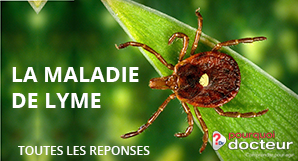
.










